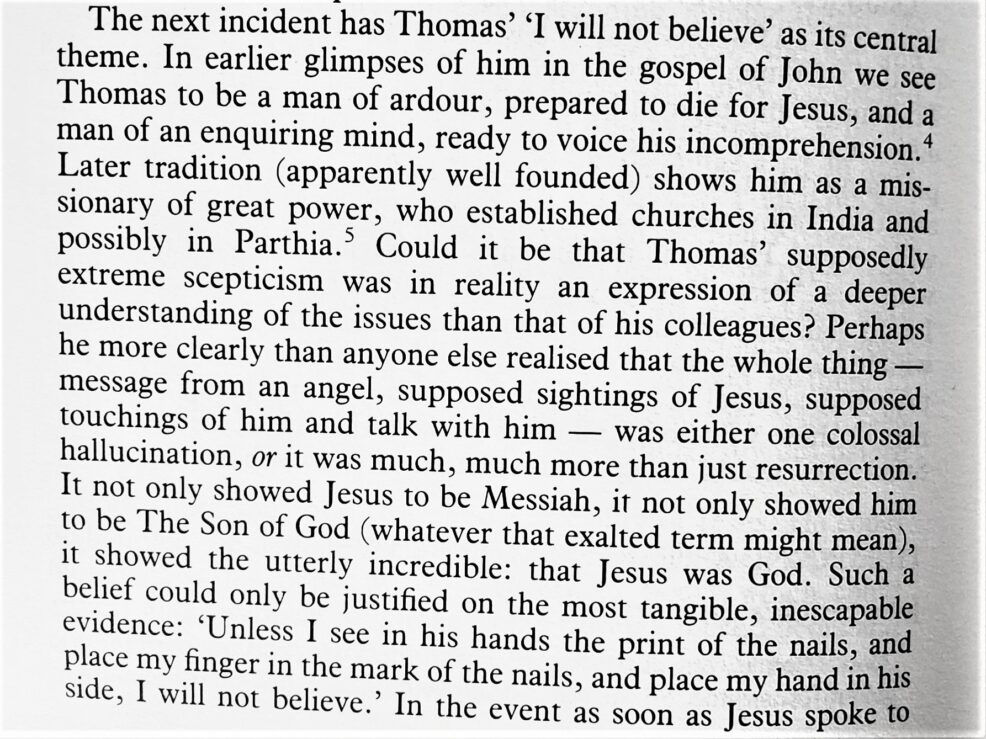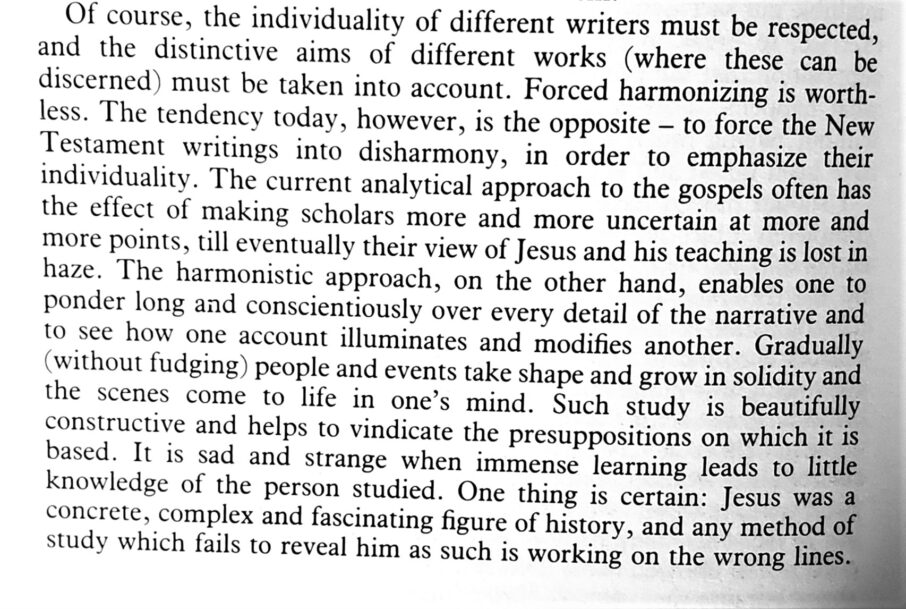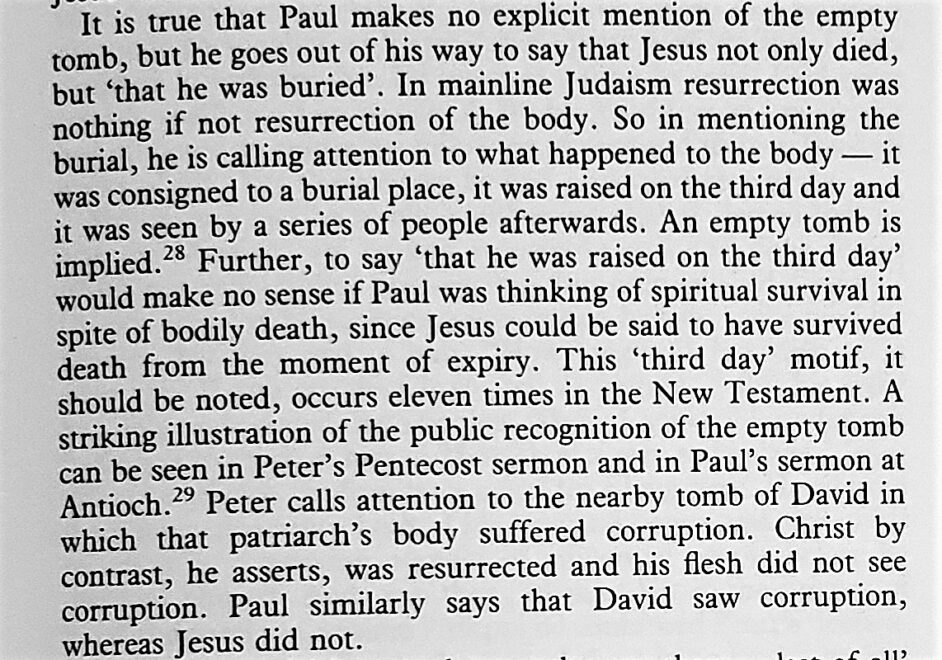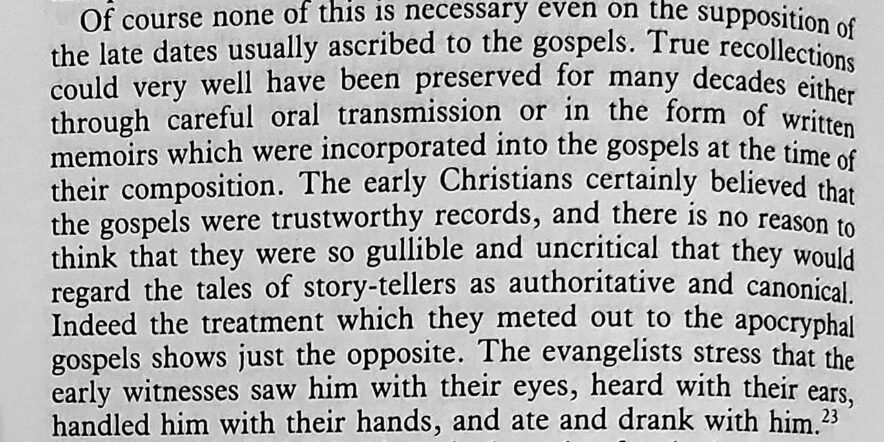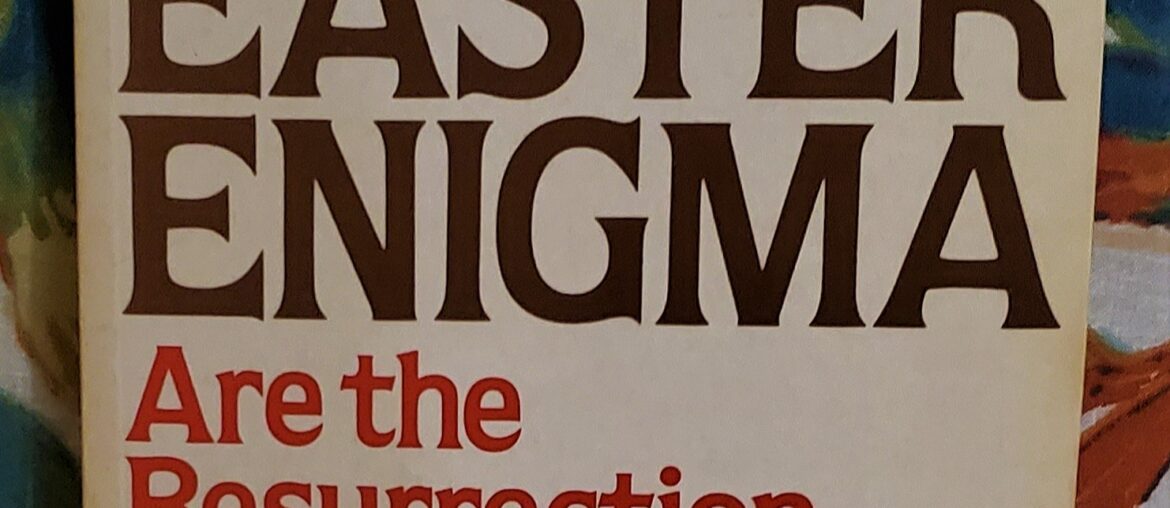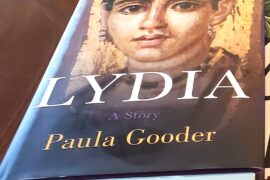If you ever paid any attention to the Easter narratives in the gospels, it is obvious that there are inconsistencies across all four narratives. Gaps in the stories of hat happened during the passion, crucifixion, burial and particularly the resurrection. Which of the Marys was at the tomb on that Sunday morning? How many angels did the followers meet at the tomb? The makeup of the crowd Jesus met at the Galilee appearance if it was eleven disciples or a much larger crowd? These and many more are inconsistencies that bother genuine inquirers of the gospel narratives.
Easter Enigma does not settle any debate nor does it promise to. What it sets out to do is set the Easter narrative within the context of a historical event, contextualize each of the 5 biblical writers (Mathew, Mark, Luke, John and Paul) within the confines of their history, bias and the entire body of work. In this harmonisation, a leap of the imagination is employed. This may be troubling for some biblical scholars but I find it acceptable as none of the assumptions employed in the book was baseless and almost none of them alters the primary premise of the book.
I thoroughly enjoyed it and would revisit it in the future as the contents are too critical and relatively dense to be digested in one reading. I love books like this that remind me that as supernatural as the gospels are, they are historical documents written with flaws and biases of the first-hand witnesses. Jesus was a concrete, complex and fascinating figure of history.
3.5/5